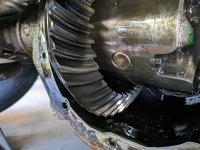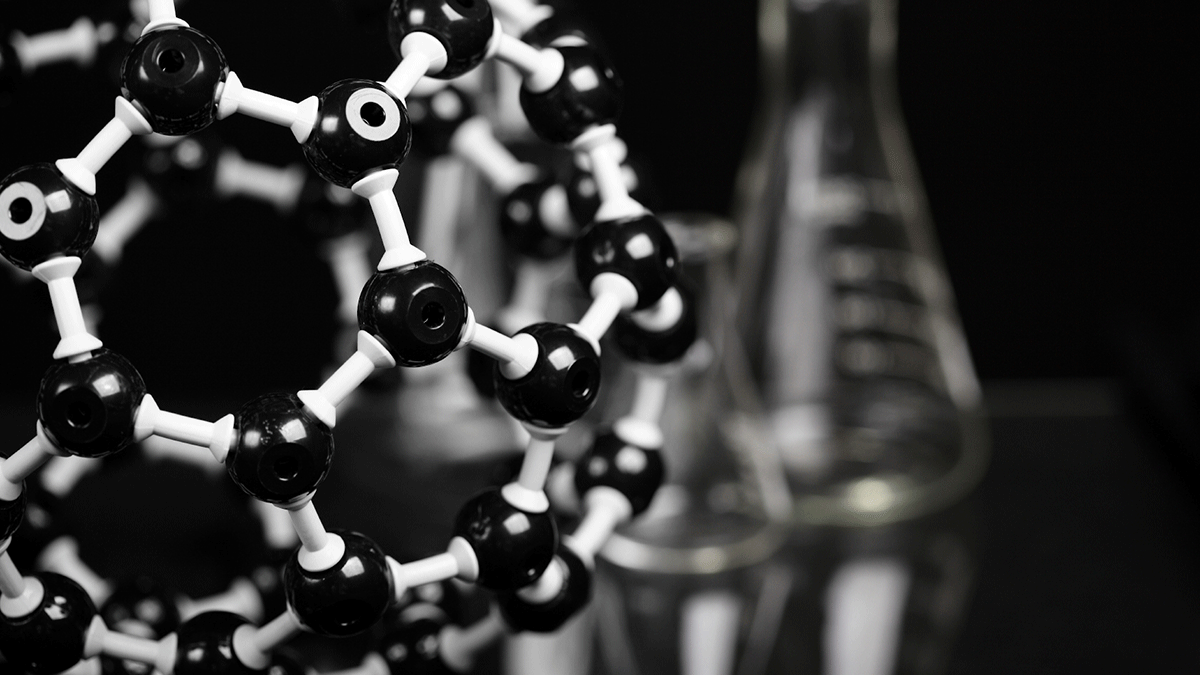- Joined
- Sep 19, 2022
- Messages
- 24
Yeah, I know there are others who have commented on this, but let's put forward the scenario and see what people think.
2002 1500 Suburban, 5.3L, standard G80 roller locker. Used mostly/almost always for hauling or towing; boats historically, last four-five years including a cargo/RV trailer up to 7k gross (w/weight distribution.)
It appears the diff has eaten the bearings. Light dusting of silver on the magnet, oil looked ok when drained, no "pieces" of anything in the oil, ring gear looks fine, of what I can see without removing the axles and chunk the pinion looks ok (can't tell for sure as the the chunk isn't out yet) but its got a nice growl starting at ~20mph (zero noise below that) which is not load-dependent; it makes noise at higher speeds in gear or out, accelerating or decelerating, and while there's a BIT of a difference under hard acceleration its not a lot. With the rear end on stands it you can clearly hear it once put in "D" and the "speed" gets to 20mph or above -- its definitely in the differential and not one of the wheel/axle bearings. Replacing the gear oil did nothing, so here we are and I'm going to be tearing it down, replacing all the bearings plus whatever else I don't like when it comes apart. It made the back half of a 1,000 mile trip with the noise and did not get progressively worse.
Truck has roughly 100k miles on it; gear oil has been changed on roughly 30k intervals, and always full-synthetic and "as recommended", meaning synthetic 75w90.
It LOOKS like I caught this before the damage wound up destroying the gearset but I don't feel like doing this job again. Once I have the chunk and pinion out I'll see if anything looks trashed there, but at first blush I suspect its bearings-only in terms of what's dead and needs to be replaced.
So...... do I run the 75w90 or do I go to 75w140, assuming both options are full-synthetic? The latter should flow the same at lower temperatures but since its full-synthetic there should not be a problem with VIs shearing over time, which can be with wider-viscosity spreads on dino-based oils. The truck is going to continue to be mostly used for towing and given the stupidity in new and more-recent used truck prices, never mind that it runs great and while the paint is somewhat hosed I might actually invest in having it painted.
Thoughts?
2002 1500 Suburban, 5.3L, standard G80 roller locker. Used mostly/almost always for hauling or towing; boats historically, last four-five years including a cargo/RV trailer up to 7k gross (w/weight distribution.)
It appears the diff has eaten the bearings. Light dusting of silver on the magnet, oil looked ok when drained, no "pieces" of anything in the oil, ring gear looks fine, of what I can see without removing the axles and chunk the pinion looks ok (can't tell for sure as the the chunk isn't out yet) but its got a nice growl starting at ~20mph (zero noise below that) which is not load-dependent; it makes noise at higher speeds in gear or out, accelerating or decelerating, and while there's a BIT of a difference under hard acceleration its not a lot. With the rear end on stands it you can clearly hear it once put in "D" and the "speed" gets to 20mph or above -- its definitely in the differential and not one of the wheel/axle bearings. Replacing the gear oil did nothing, so here we are and I'm going to be tearing it down, replacing all the bearings plus whatever else I don't like when it comes apart. It made the back half of a 1,000 mile trip with the noise and did not get progressively worse.
Truck has roughly 100k miles on it; gear oil has been changed on roughly 30k intervals, and always full-synthetic and "as recommended", meaning synthetic 75w90.
It LOOKS like I caught this before the damage wound up destroying the gearset but I don't feel like doing this job again. Once I have the chunk and pinion out I'll see if anything looks trashed there, but at first blush I suspect its bearings-only in terms of what's dead and needs to be replaced.
So...... do I run the 75w90 or do I go to 75w140, assuming both options are full-synthetic? The latter should flow the same at lower temperatures but since its full-synthetic there should not be a problem with VIs shearing over time, which can be with wider-viscosity spreads on dino-based oils. The truck is going to continue to be mostly used for towing and given the stupidity in new and more-recent used truck prices, never mind that it runs great and while the paint is somewhat hosed I might actually invest in having it painted.
Thoughts?


